A sensory diet is a series of activities that cater to your sensory sensitivities and preferences in order to have a positive impact on your day. A sensory diet outlines specific sensory activities and when to implement them into your daily routine.While portions of a sensory diet might include taking a sensory break, the sensory diet is much more prescriptive and specific. An OT prescribes a sensory diet for your needs after carefully evaluating them.
Identify Your Sensory Profile
Before you can begin making a sensory diet, you need to know your sensory profile. These can be broken down into two general categories– sensory seeker and sensory avoider. Seekers are under-responsive to stimuli and crave more sensory input. Avoiders, on the other hand, are over-responsive to stimuli and can get easily overwhelmed by too much input.
You might be strictly a sensory seeker or sensory avoider, although many people are a combination of both. Just as your preferences and sensitivities change over time and with new experiences, your sensory profile may also change over time or in different contexts. They can also differ within each sense, and you can be a seeker in one sense and avoider in another.
8 Categories of a Sensory Diet
Regardless of your sensory profile, there are eight categories that compose a sensory diet. Your OT can help you identify which of your senses needs input at certain times of the day. This ensures that your sensory diet covers each area of sensory needs to keep you regulated.
Keep reading to learn about the seven categories and examples of activities tailored to each.
1. Proprioceptive
You increase your awareness of where your body is in space through proprioception, which is compression input to your muscles and joints. Heavy work activities are great for providing this input. Try carrying a stack of books or bags of groceries, doing push-ups, jumping on a trampoline or pushing a vacuum.
2. Visual
Visual input is everything that you see, such as lights, colors, textures and patterns. You can play a game of I-Spy, watch the glitter in a Calm Down Jar, or play with LED lights. Depending on the type of visual stimulation you choose it may be calming or alerting.
3. Auditory
This refers to your body’s awareness of sound and noise. Some people might need more auditory input, so they’ll play an instrument or sing. You can listen to a few minutes of calming music, followed by a few minutes of active music, and then discuss the difference between the two. If sounds are too much for you then taking an auditory break with Noise Reduction Headphones can help you decrease feelings of sensory overload.
4. Tactile
Your body’s sense of touch is activated throughout the whole day. You feel the clothes you wear, the surface you’re walking on and the objects or people you pass by. There are many ways to get concentrated bursts of tactile input for self-regulation in a sensory diet, such as baking, feeling different textured fabrics, exploring sensory bins or petting an animal.
5. Oral Motor Movement
Your mouth is full of sensory receptors in the tongue, jaw, lips, cheeks and gums. These impact how you respond to different textured and flavored foods. Give yourself oral motor stimulation with a vibrating toothbrush, chewing crunchy foods, drinking through a straw, or using a chewy.
6. Vestibular Movement
The vestibular system helps us balance as we are aware of our body in relation to other things in space. It’s controlled by our inner ear. Activities like jumping rope, spinning on swings, dancing and walking on a balance beam all provide vestibular input. You can also do yoga or ride a bike or scooter board to get either calming or active vestibular input.
7. Scent
Smells are everywhere in your environment. You may sense a good or bad smell, and certain scents may make you feel differently than they do other people. Scents such as lavender are calming, while citrus is typically alerting. You can use scented putties or even a scented candle to provide more of the input you need.
8. Interoception
Our sense of interoception is the one that tells us what is going on inside of our bodies. It includes temperature, heart rate, hunger, and emotions. Yoga exercises, deep breathing, and using Regulation Cubes can promote an inward focus to satisfy your interoceptive need. These activities might be part of your sensory diet before or after transition periods during your day so that you can go more smoothly from one thing to another.
No matter what your sensory profile may be, an OT can help you create a sensory diet designed specifically to suit your needs. The important piece to remember after that is to follow through on it. You may find that it takes time to settle into this new sensory routine, and even time before you see results, but keep going. Use this template to help you track your sensory diet and its impacts.
We’d love to hear about your sensory diet and sensory profile. Let us know your experience in the comments or at customercare@funandfunction.com!
This post was originally posted on 01/23/2020. It was updated for accuracy and comprehensiveness on 1/2/2023.













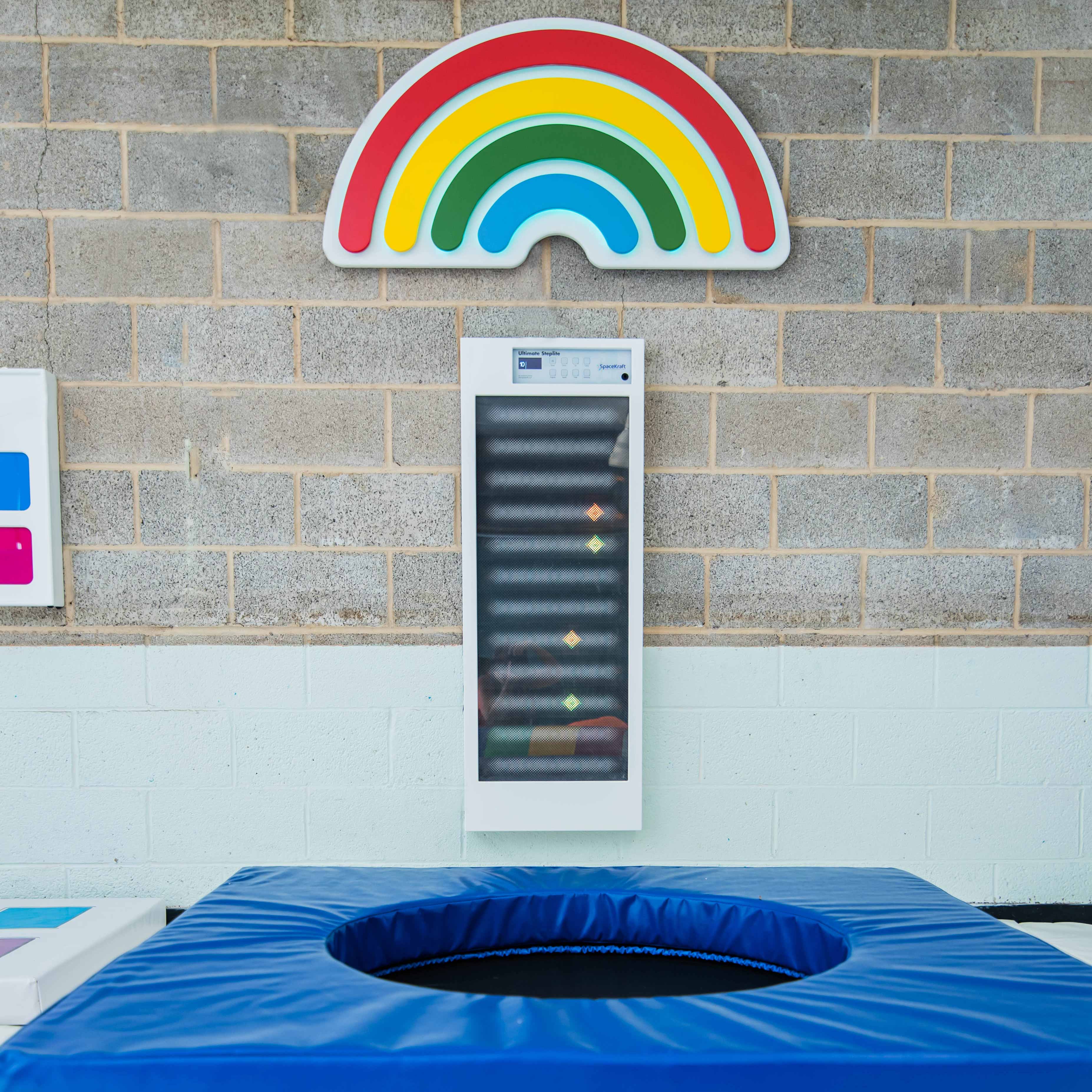
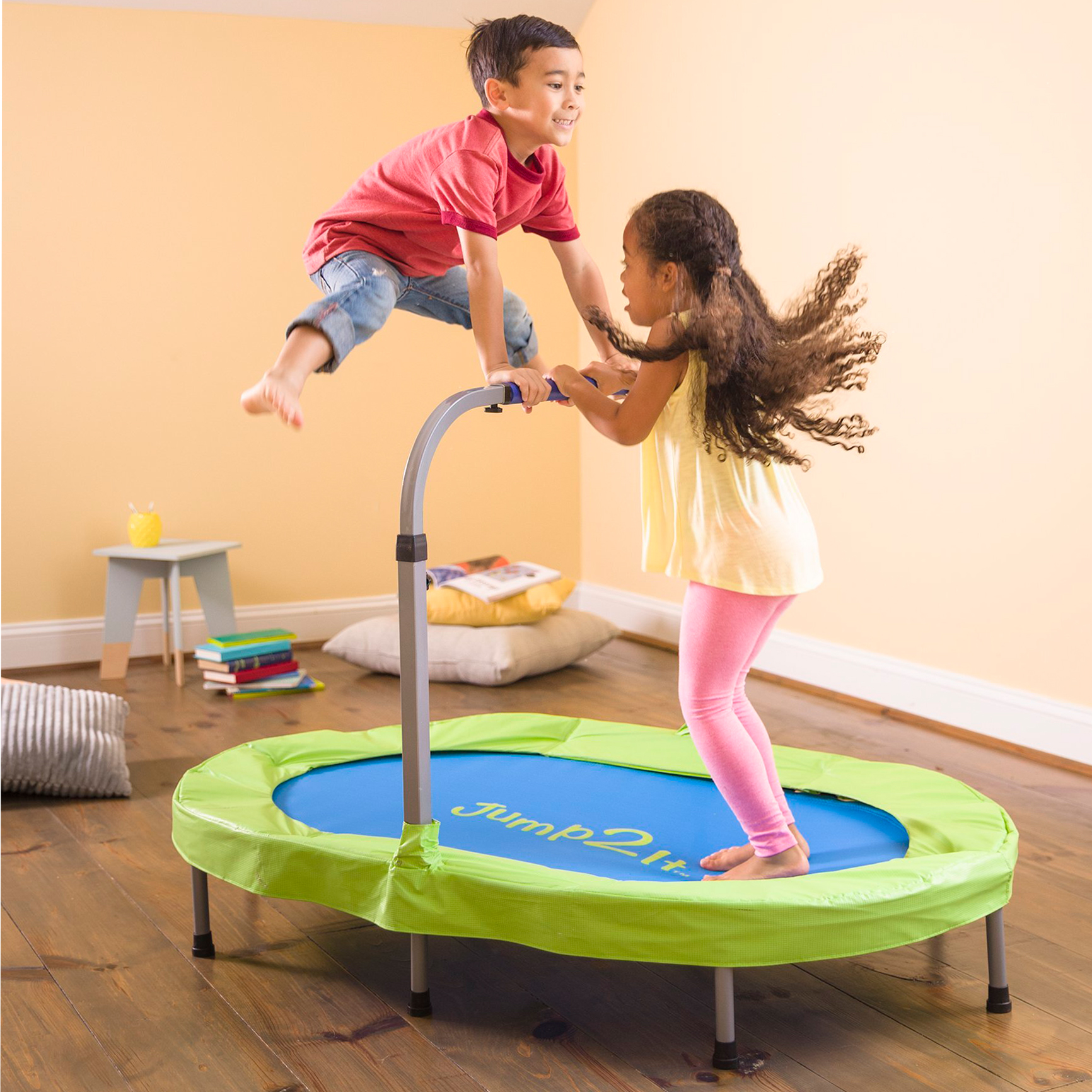


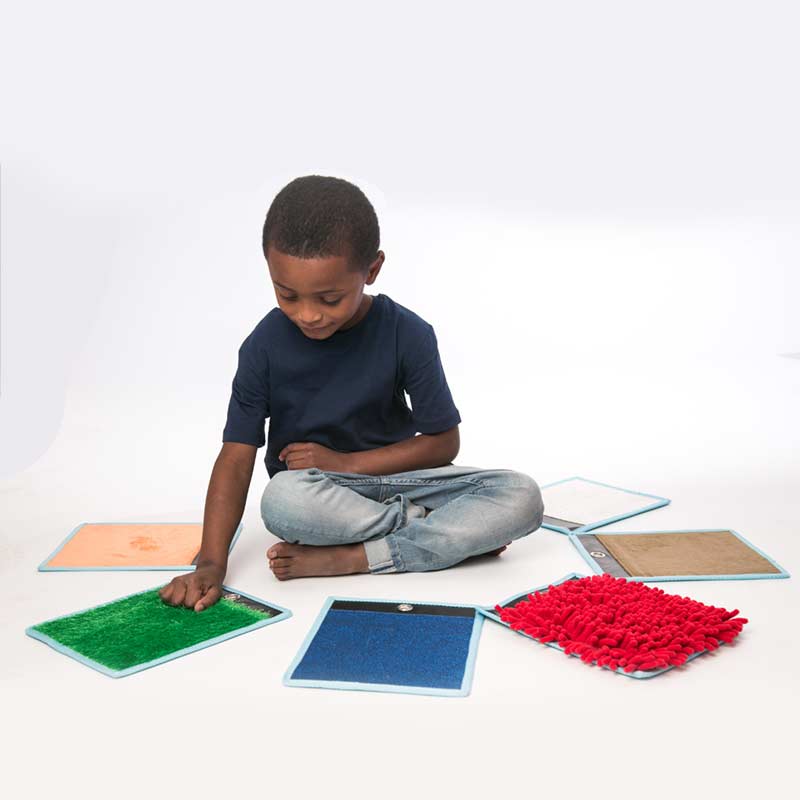
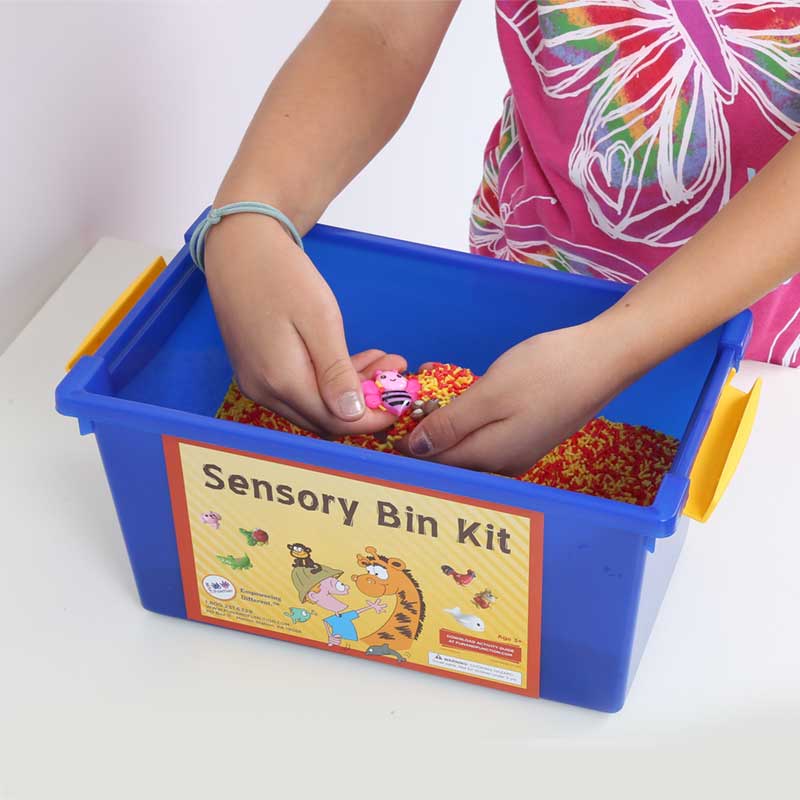
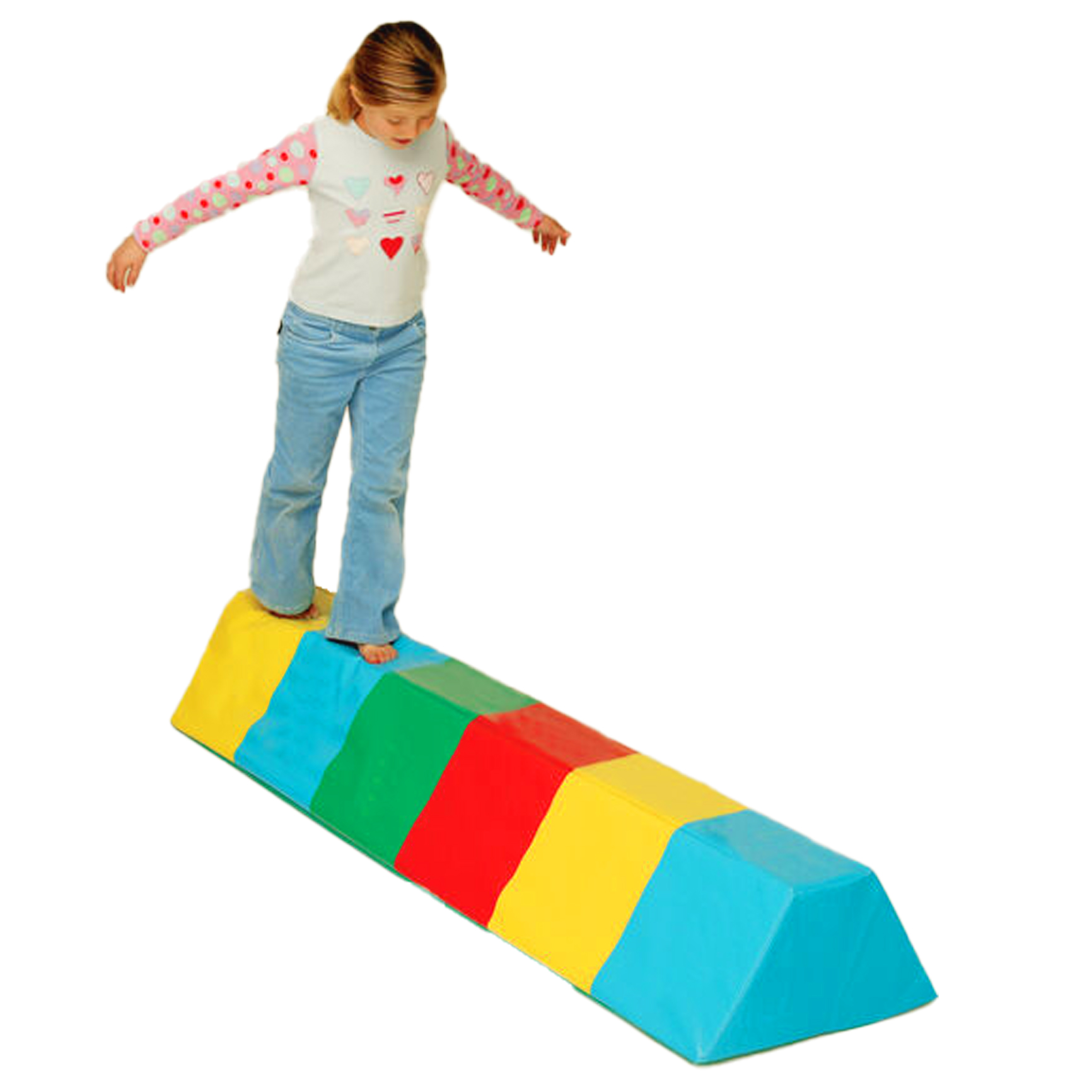






Comments